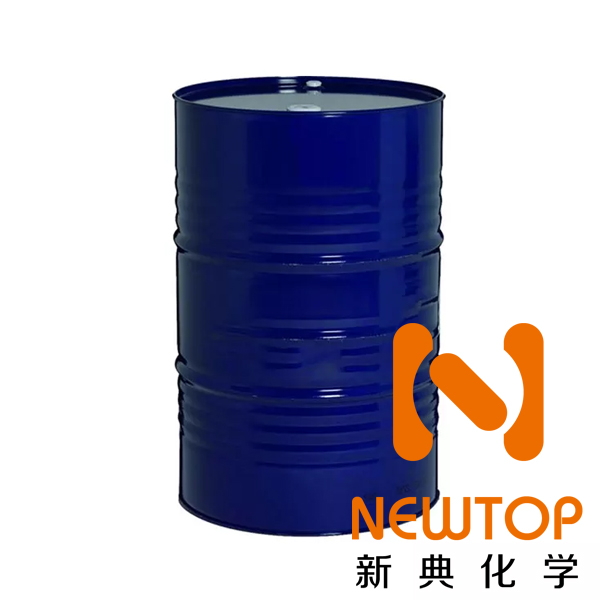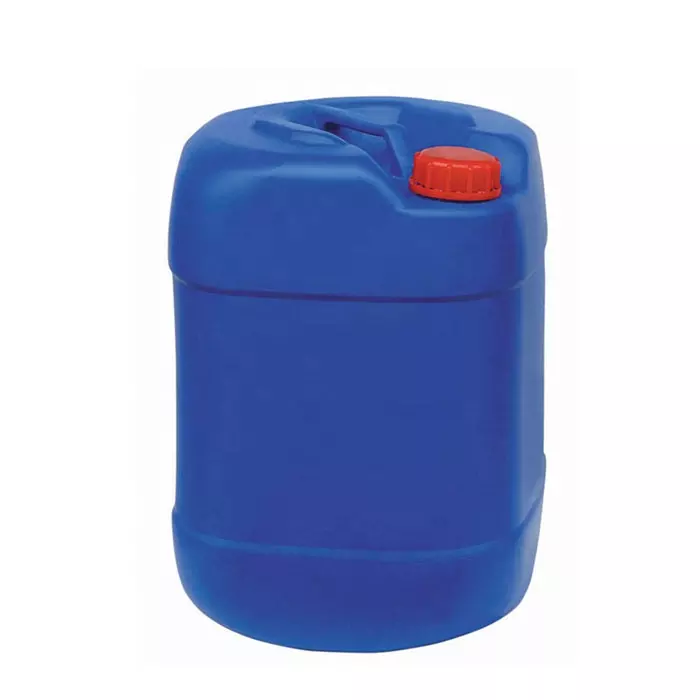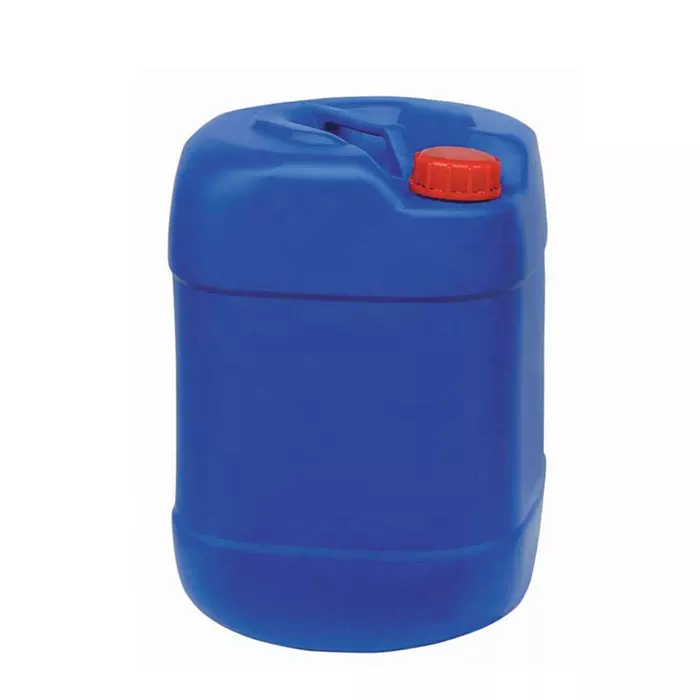
Introduction
Hard foam catalysts have emerged as a significant development in the field of chemical engineering and industrial applications. These unique materials combine the advantages of traditional catalysts with the benefits of a porous, lightweight structure, enabling efficient and sustainable chemical reactions. This essay aims to provide a comprehensive overview of hard foam catalysts, their preparation, properties, and applications.
Preparation of Hard Foam Catalysts
Hard foam catalysts are typically prepared using a foam-templating method. This process involves the creation of a foam, often from a polymeric material, which is then used as a template for the deposition or synthesis of the catalytic material. The foam is subsequently removed, leaving behind a porous, three-dimensional structure with high surface area and excellent mass transport properties.
The choice of foam material and catalyst precursor, as well as the conditions under which the deposition or synthesis occurs, can significantly influence the properties of the resulting hard foam catalyst. For instance, varying the pore size of the foam template can control the size and distribution of the catalytic material, while the use of different precursors can alter the chemical composition and activity of the catalyst.


Properties of Hard Foam Catalysts
Hard foam catalysts exhibit several advantageous properties that make them attractive for various applications. Their high surface area and porosity facilitate efficient contact between the catalyst and reactants, enhancing the rate and yield of chemical reactions. The three-dimensional structure of the catalyst also allows for excellent mass transport, reducing diffusion limitations and improving overall reaction efficiency.
Moreover, hard foam catalysts are typically lightweight and mechanically robust, making them easy to handle and suitable for use in large-scale industrial processes. They can also be designed to exhibit specific chemical properties, such as selectivity towards certain reactions or resistance to deactivation, by carefully controlling the synthesis conditions and choice of catalytic material.
Applications of Hard Foam Catalysts
Hard foam catalysts find applications in a wide range of industries, including chemical manufacturing, environmental remediation, and energy production. In chemical manufacturing, they can be used to catalyze various reactions, such as oxidation, reduction, and hydrogenation, with improved efficiency and selectivity compared to traditional catalysts.
In environmental remediation, hard foam catalysts can be used to degrade pollutants in air and water. Their high surface area and porosity make them effective at adsorbing pollutants, while their catalytic activity enables the degradation of these pollutants into harmless byproducts.
In the energy sector, hard foam catalysts are being explored for use in fuel cells and other energy conversion devices. Their unique structure and properties make them suitable for facilitating the electrochemical reactions that occur in these devices, potentially improving their efficiency and sustainability.
Conclusion
Hard foam catalysts represent a promising development in the field of catalysis, offering a combination of high surface area, porosity, and mechanical robustness that can enhance the efficiency and sustainability of various chemical processes. As our understanding of these materials continues to grow, it is expected that their use will become increasingly widespread, contributing to advancements in chemical manufacturing, environmental remediation, energy production, and beyond.
Recommended Reading?

Explore the world of balanced catalysts and discover how they contribute to greener, more efficient chemical processes across various industries.
Introduction
Catalysts are essential components in many chemical reactions, as they accelerate the reaction rate and reduce the energy required for the process. Balanced catalysts, in particular, have gained significant attention due to their ability to optimize chemical reactions further, leading to enhanced efficiency, selectivity, and sustainability. This article delves into the concept of balanced catalysts, their applications, and the advancements that are shaping their future.
Understanding Balanced Catalysts
Balanced catalysts are designed to maintain a delicate equilibrium between various reaction parameters, such as activity, selectivity, and stability. This balance ensures that the catalyst performs optimally, maximizing the desired product yield while minimizing waste and energy consumption. Balanced catalysts can be achieved through various strategies, including the careful selection of catalyst materials, the modification of their physical and chemical properties, and the optimization of reaction conditions.
Applications of Balanced Catalysts
The versatility of balanced catalysts has led to their widespread adoption across various industries. Some of the most prominent applications include:
-
Petrochemical: Balanced catalysts play a crucial role in the petrochemical industry, where they are used in processes such as hydrocracking, hydrodesulfurization, and reforming. By optimizing these reactions, balanced catalysts contribute to the efficient production of fuels and chemicals with reduced environmental impact.
-
Pharmaceuticals: In the pharmaceutical industry, balanced catalysts are employed to synthesize active pharmaceutical ingredients (APIs) and intermediates. The use of balanced catalysts in these processes ensures high selectivity, minimizing the formation of unwanted by-products and reducing waste generation.
-
Fine Chemicals: The production of fine chemicals, such as flavors, fragrances, and agrochemicals, also benefits from the use of balanced catalysts. These catalysts enable the selective synthesis of complex molecules, leading to improved product quality and reduced energy consumption.
-
Environmental: Balanced catalysts are used in various environmental applications, such as the treatment of exhaust gases and wastewater. By facilitating the efficient removal of pollutants, these catalysts contribute to cleaner and more sustainable industrial processes.
Advancements in Balanced Catalysts Technology
The field of balanced catalysts is continually evolving, with researchers and manufacturers constantly seeking to develop new and improved materials. Some of the latest advancements in balanced catalysts technology include:
-
Nanotechnology: The integration of nanotechnology in balanced catalysts has led to the creation of advanced materials with enhanced properties, such as increased surface area, improved stability, and better dispersion. These features contribute to more efficient and selective catalytic reactions.
-
Computational Design: The use of computational tools, such as density functional theory (DFT) and molecular dynamics simulations, has revolutionized the design of balanced catalysts. These techniques enable researchers to predict the behavior of catalysts under various reaction conditions, facilitating the development of more efficient and sustainable materials.
-
Biocatalysts: Biocatalysts, or enzymes, are a type of balanced catalyst that has gained significant attention due to their unique properties. These naturally occurring catalysts offer high selectivity, mild reaction conditions, and biodegradability, making them an attractive option for greener and more sustainable chemical processes.
The Future of Balanced Catalysts
As the demand for efficient, selective, and environmentally friendly chemical processes continues to grow, the market for balanced catalysts is expected to expand significantly. According to a recent study, the global catalysts market is projected to reach USD 34.2 billion by 2025, growing at a CAGR of 4.2% during the forecast period.
The future of balanced catalysts lies in the development of advanced materials that can address the evolving needs of various industries. Researchers are focusing on creating multifunctional catalysts that can perform multiple reactions simultaneously, leading to more streamlined and efficient processes. Additionally, the development of sustainable and eco-friendly balanced catalysts will continue to be a priority, as the world moves towards a greener and more environmentally conscious future.


Conclusion
Balanced catalysts have undeniably transformed the landscape of chemical reactions, offering unparalleled efficiency, selectivity, and sustainability. As advancements in technology continue to shape the future of balanced catalysts, we can expect to see even more innovative and eco-friendly solutions that will further revolutionize various industries. With their unique properties and wide-ranging applications, balanced catalysts are truly a testament to the power of human ingenuity and the relentless pursuit of progress.
Recommended Reading?
The kinetics of the reaction between hydroxyl compounds and isocyanates
-D (- NCO)/dt=K0 x (- NCO) x (- OH)
K1 is the forward reaction rate of the formation of complexes between isocyanates and hydroxyl compounds
K2 is the negative reaction rate of the formation of complexes between isocyanates and hydroxyl compounds
K3 is the forward reaction rate at which complexes react with hydroxyl compounds to form aminoformates and hydroxyl compounds.
K0=[K1 x K3 x (- OH)]/[K2+K3 x
Arrhenius equation
K=Ae ^ [- (Ea/RT)]
A: Exponential factor.
E=2.718
Ea: KJ/mol
R=8.31 (J/mol. K)
Calculation of reaction heat for the formation of functional groups such as urea, polyurethane, biuret, and urea formate:
Bond dissociation energy (KJ/mol)
C-N 205.1~251.2
C-C 230.2~293.0
C-O 293.0-314.0
N-H 351.6~406.0
C-H 364.9~393.5
O-H 422.8~460.5
C=C 418.6~523.3
C=O 594.1~694.9
Reactive equation
RNCO+rOH ? RNHCOOr
RNCO+HOH ? RNHCOOH+RNCO ? RNHCONHR+OCO ?
RNHCOOr+RNCO ? RNCONHRCOOr
RNHCONHr+RNCO ? RNCONHRCONHr
The volume ratio of gas to the total volume of the polymerization system (Vg/Vo) in the polymerization system affects the temperature control ability: gas monomers affect the concentration (mol/L), which affects the polymerization heat [Q (KJ/L)=Rp (mol/L) * (- H)]. The heat of polymerization is transferred to the gas dispersion medium, causing the gas to absorb heat and expand (PV=NR/T). After a sudden increase in temperature in the polymerization system, the gas releases and carries away a large amount of heat (approximately in a straight line with Vg/Vo)
When preparing polyurethane in one step, the activation energy of amino acids is about 60 (mol. K), and the activation energy of urea reaction is 17 (mol. K)
The foam system is easier to implement than the solution suspension system. Dispersive polymerization exhibits the Norrish Tromasof effect at the beginning of the reaction, slowing down the rate of change of chain growth parameters over time and improving the monodispersity of the product.
Dispersion polymerization is a method of separating the polymerization system into numerous fine foam by gas, so that the polymerization components can be converted into the surface liquid film of foam and the “polyhedral boundary liquid cell” connecting multiple liquid films can form a special dispersion phase for polymerization.
The foam system uses gas as the dispersion medium, and the gas expands and cools suddenly when it is heated, and the negative pressure generated when the gas escapes will further polymerize the residual single concentration of the system, and accelerate and carry the evaporation of water molecules and the removal of small molecules.
The dispersion effect of gas on the polymerization system is not equivalent to true dilution of monomers.
General formula for half-life of non first-order reactions
T=[2 ^ (n-1) -1]/[a x k x (n-1) x A ^ (n-1)]
Second order reaction rate constant
A+B ? Q+S
Kt=[1/(CA0-CB0)] x ln [(CB0 x CA)/(CA0 x CB)]
CA0 x Kt=[1/(1-M)] x ln {[M (1-xA)]/(M-xA)}, where M=CB0/CA0
Attachment:
Example of calculating the density of polyurethane soft foam
Universal polyether ternary alcohol Ppg: 50 pop: 50 tdi-80:42.8 hoh: 3.17 L-580:1 a33:0.34 sn: 0.17
Calculated: 4.34 2.17 6.51 38.2 112% 17% 5.2 1.74 122 Recalculated, 28kg/cubic meter
Example of Calculation for Polyurethane Soft Foam Catalysts
Universal polyether ternary alcohol ppg: 90 pop: 10 tdi-80:: 35.5 hoh: 2.2 L-580:0.84 Black slurry: 6
Calculated: A33:0.18 T-9:0.25
A33:0.14 T-9:0.24
A33:0.13 T-9:0.35
A33:0.12 T-9:0.30
Tolerance and turning points
Calculation of vertical foam flow rate and lifting speed:
Formula (for example only) PPG: 100, TDI: 80, HOH: 6, SI: 1.5, A33: * * *, SN: * * *, MC: 14.8
The diameter of the vertical bubble circular mold is 1.25.
Polyether flow rate is 12 kilograms per minute.
What is the speed of improvement in meters per minute
Calculate the formula density of 12 kilograms per cubic meter. The total weight of the formula is 173.5 kilograms. The formula volume is 14.46 cubic meters. Circular mold cross-sectional area: 1.23 square meters.
Set a loss rate of 5%.
Boosting speed: [14.46 x 12% x (1-5%)]/1.23=1.34 meters per minute.
Related reading recommendations:






